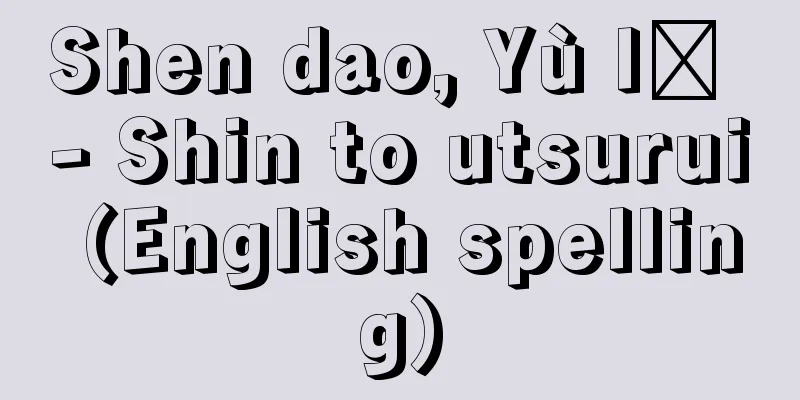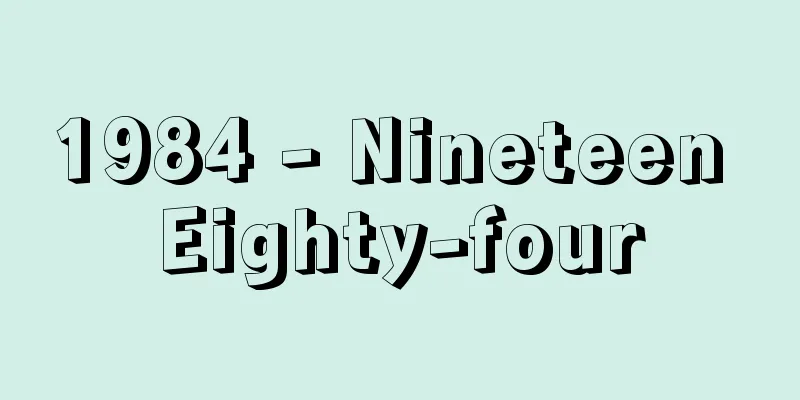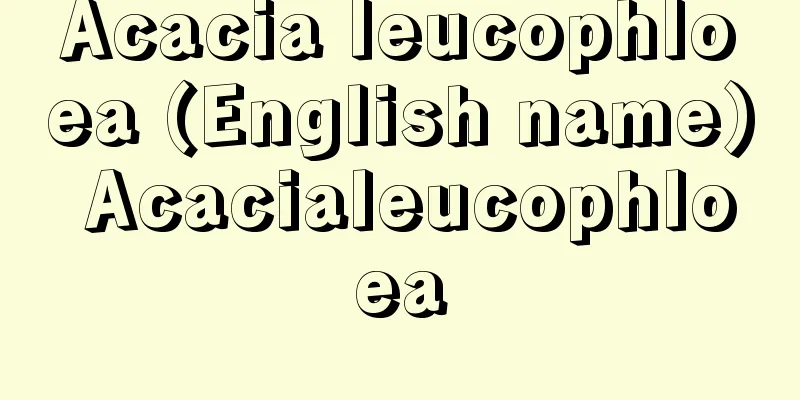Shen dao, Yù lǜ - Shin to utsurui (English spelling)

|
In old China, this was the name of the statues of the gate gods that were placed on the left and right doors of entrances at the end of the year to ward off evil spirits. It can also be read as "Shinto Utsuritsu." It is said that the two gods were brothers who originally bound demons (ghosts) that brought misfortune to people with reed ropes and fed them to tigers (Fu Zoku Tsū, Ritual Chapter). Belief in the two gods is thought to have started after the Later Han Dynasty, and they were originally dolls made from peach wood, but by the late Six Dynasties, they were already paintings, and in later generations, they were made into beautiful printed matter. During the Qing Dynasty, statues of warriors clad in armor were generally used as gate gods, and in popular legend they are also said to refer to the two gods. Source: Heibonsha World Encyclopedia, 2nd Edition Information |
|
旧中国において歳末になると,入口の左右の扉にはって魔よけとした門神の像の名。〈しんとうつりつ〉とも読む。2神はもと人に災いをなす鬼(亡霊)を葦の縄でしばり,虎に食わせた兄弟であるという(《風俗通》祀典篇)。2神の信仰は後漢以降とされ,初め桃の木で作られた人形であったが,六朝後半には,すでに絵となり,後世,美しい印刷物となった。清代,一般に甲冑に身をかためた武将像の門神が用いられ,俗説に2神のことともいう。
出典 株式会社平凡社世界大百科事典 第2版について 情報 |
<<: Shinto Initiation - Shinto Denju
Recommend
Umikongo (Japan) - Umikongo
...The cruise ship that connects to Kushimoto, 2k...
marmelada
...Fruits used include strawberries, currants, ra...
Address indication - jiyukyohyoji
To indicate the location of an address, residence...
Nakasendai Rebellion - Nakasendai Rebellion
In 1335 (Kenmu 2), Tokiyuki, the surviving son of...
Ehime iris
A perennial plant of the Iridaceae family that gro...
Love and Allegory
…He later became Professor of Medieval and Renais...
Oil paints
〘 noun 〙 Paint used for painting oil paintings ③. ...
Ganasan - Ganasango
Please see the page on Samoyed languages. Source:...
Ookurigani - Ookurigani
→ Hairy crab Source : Heibonsha Encyclopedia About...
Kabale - Kabale
…The business model of sake shops was largely est...
Shrimp Moth (Agrius convolvuli)
An insect of the Lepidoptera family Sphingidae. It...
Okazaki family
…Aristocrats descended from the Northern branch o...
Bolognese School - Bologna is (English spelling) Scuola Bolognese
A school of painting that flourished in the ancien...
Caniba
...It is believed that they then followed the ind...
Fukanzazengi
Dogen's book. 1 volume. Completed in 1227. The...

![Ogachi [town] - Ogachi](/upload/images/67cb19d41dff6.webp)







